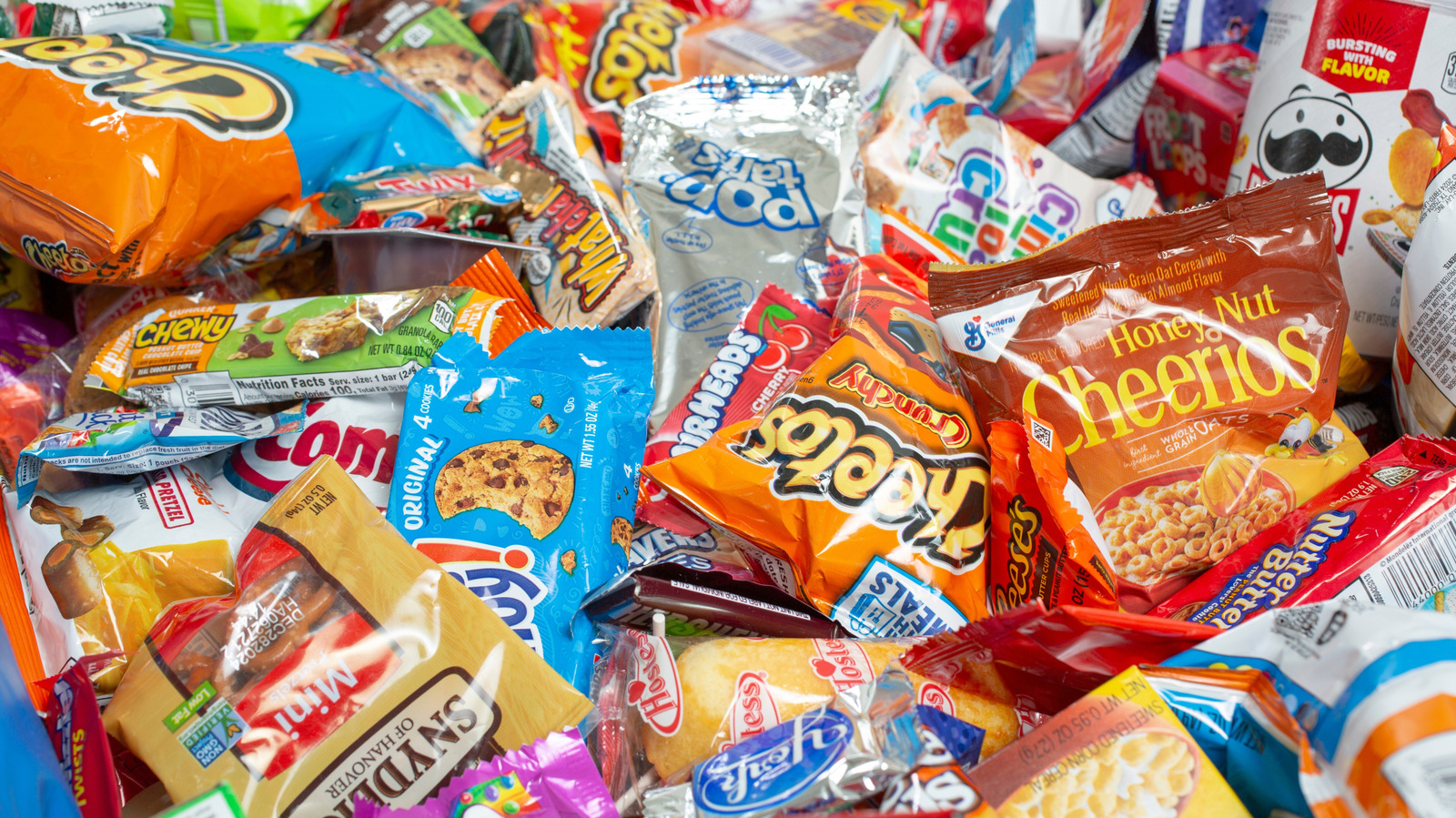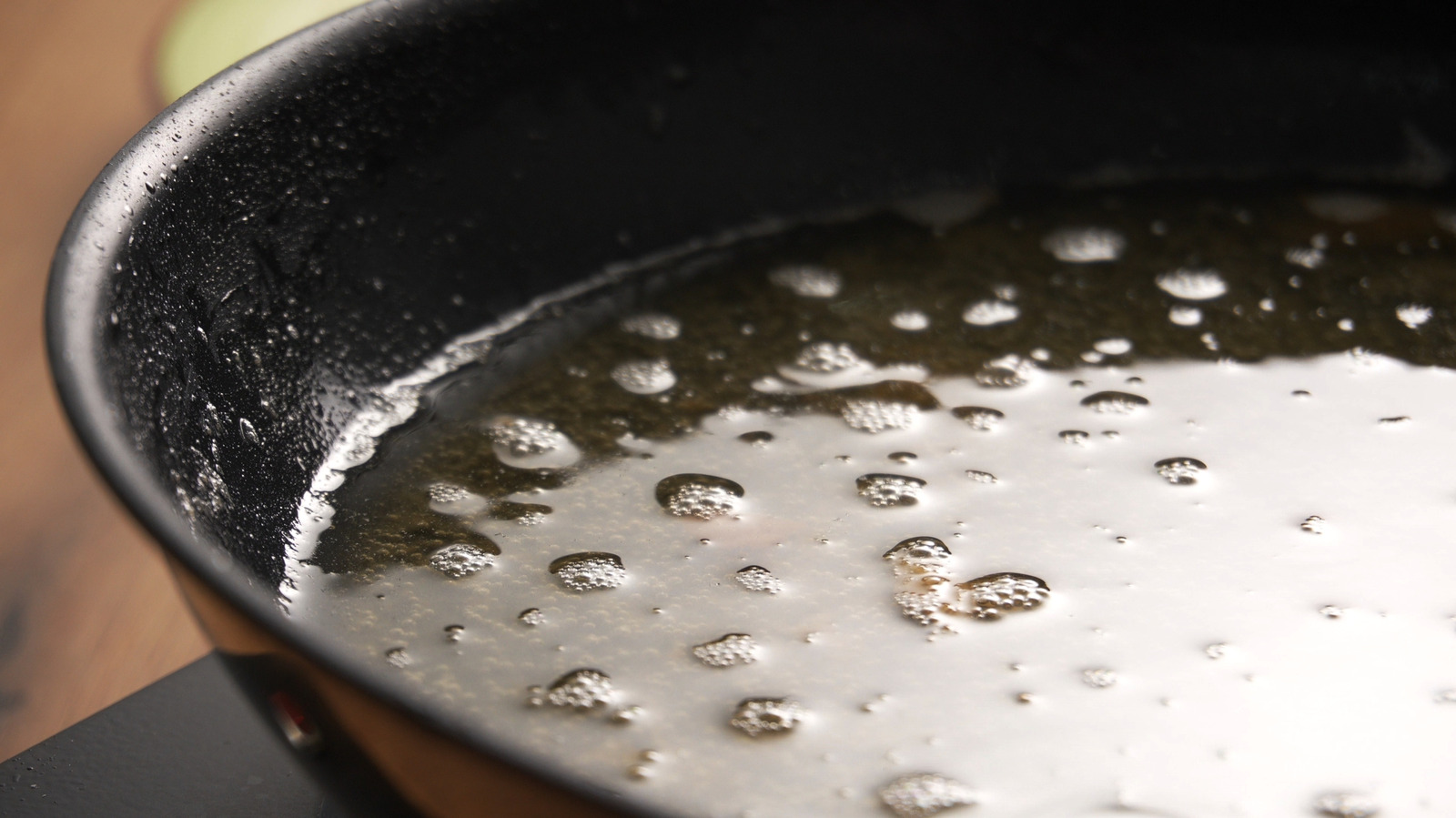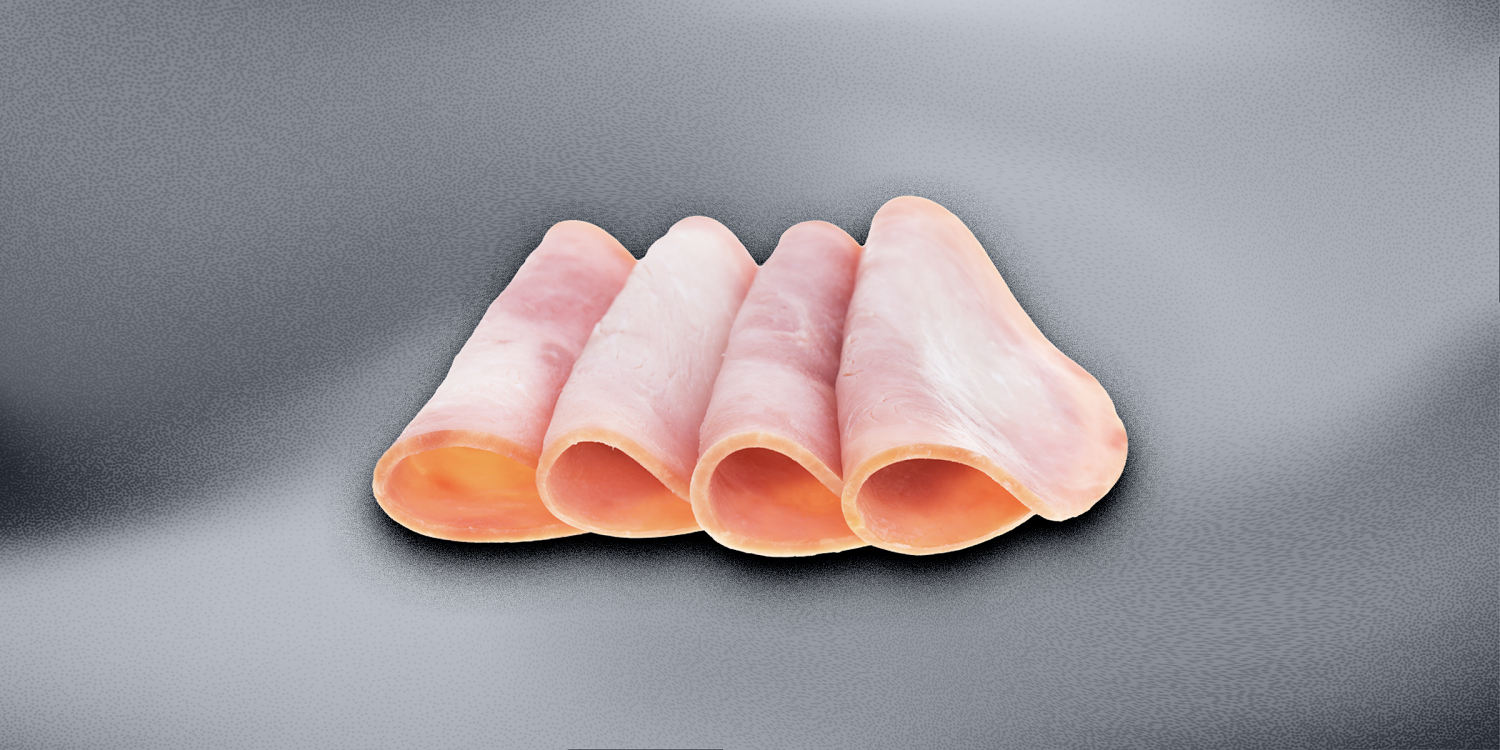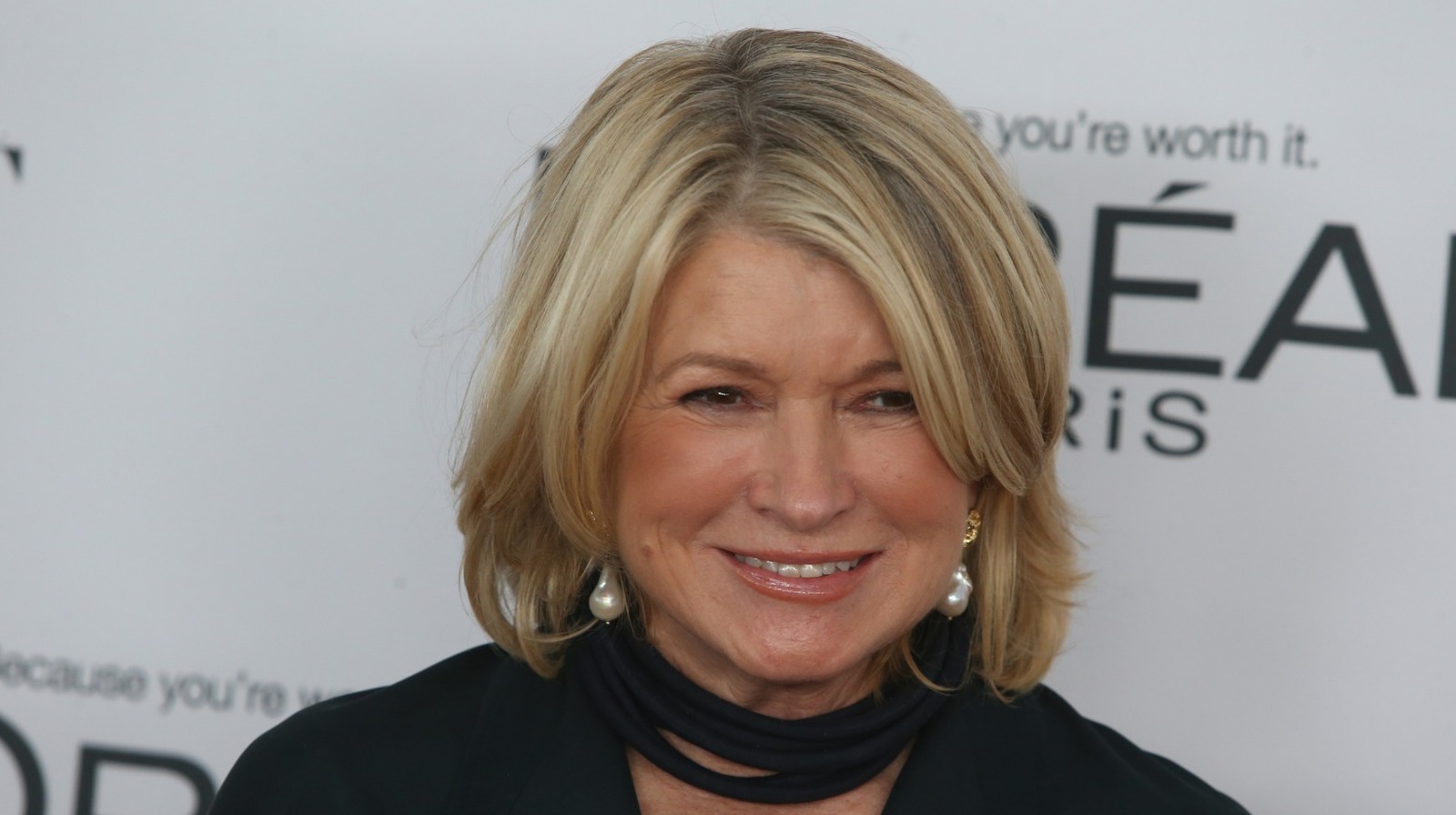The Food and Drug Administration and the Department of Health and Human Services announced that petroleum-based synthetic dyes will be phased out by the end of 2026, putting snacks like Skittles, Flamin' Hot Cheetos, and Mountain Dew Baja Blast on the chopping block. This ban includes Green No. 3, Red No.
40, Yellow No. 5, Yellow No. 6, Blue No.

1, and Blue No. 2, and comes after the FDA's move to eliminate Red Dye No. 3 in January 2025.
Originally, companies had until January 2027 to remove Red Dye 3 from food and until 2028 to remove it from medications. However, with this new announcement, the FDA is now calling for the removal to move more quickly. FDA Commissioner said in a statement, "For the last 50 years, American children have increasingly been living in a toxic soup of synthetic chemicals.
" Many vibrant foods like various beverages, candies, and snacks are geared toward children, and while , the amount of food containing petroleum-based synthetic dye is staggering and challenging to phase out of a person's diet entirely. There are , but all major synthetic dyes come with a plethora of health concerns, ranging from hypersensitivity to carcinogenic reactions. The challenge in switching to natural dyes For many, banning petroleum-based synthetic dyes signals a huge move in a healthier direction for the United States.
But because it's an enormous undertaking, there will no doubt be a few hurdles for companies responsible for making the changes. Natural dye can be achieved through various plants like beets, carrots, turmeric, or red cabbage, depending on the desired color. The pigment in these is often less saturated than that of artificial dyes, and calls for a larger amount to be used in order to achieve an appealing shade.
On the other hand, synthetic dye is a cost-effective part of the product creation process. Product consistency formerly achieved with synthetic dyes will likely be more challenging with natural dyes, as natural food coloring is often more sensitive to temperature, light, and pH variations than synthetic dyes. This means color variation is far more likely to occur from one purchase to the next.
However, plenty of brands have already embarked on the natural dye journey; Treats like have been in production, offering an alternative to the big-name products made with synthetic dyes. Recommended.
Food

The FDA's Latest Food Dye Ban Is Coming For Your Favorite Snacks

Better stock up on your favorite chips while you can. Here's the latest on which food dyes the FDA is banning, and what could happen to your favorite snacks.















